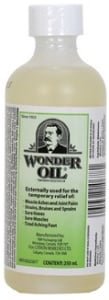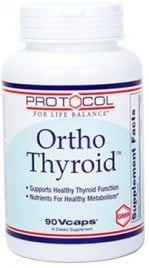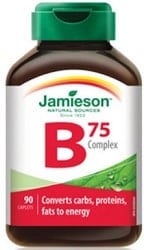Posted Dec 8, 2011
If, like many Americans, you have a stack of reading material in your bathroom, you might want to do some thinking about your diet.
Let me put it this way: If you have enough time in the john to read a magazine article, you probably don’t eat enough fiber.
Not only does fiber confer health benefits of its own, such as blood sugar and blood cholesterol control, but it also has beneficial effects on other aspects of your diet.
Push the fiber content of your diet up and you usually push down less desirable dietary components, such as saturated fat, added sugars and other refined carbohydrates.
There’s fiber in most foods of plant origin, including fruits, vegetables, whole grains, legumes, nuts and seeds. Some are particularly concentrated sources.
Beans such as pintos, garbanzos, black beans and navy beans, for example, contain a whopping 16 grams of dietary fiber per cup. That’s half the amount of fiber most adults need in a day.
Bran cereals can contain close to the same amount of fiber per cup. Focus on boosting your intake of these ingredients in your meals, and your fiber intake will rise as well.
Ways to bulk up
Here are some of the ways I like to do it — effortlessly and flavorfully, too:
Bean up. Not surprisingly, I add beans to a lot of my meals. Start with beans in your soup.
Go all the way and eat all-bean soups — black bean and navy bean soups, for example. Add garbanzos to salads, and eat more hummus and beans with rice.
Eat baked beans on toast and over baked potatoes. Fix big batches of bean salad — four bean and Southwestern black bean and corn are two of my favorites.
Spread the wheat bran around. Mix bran flake cereal and all-bran style breakfast cereals with other varieties. For example, mix bran cereals with other flake cereals, granola and Cheerios.
Use bran cereals to make bran muffins and cookies.
Double dose it. Double your portions of vegetables and salads with meals. Aim for eating at least two pieces of fresh fruit every day.
Pull those fiber foods to the center of the plate and push the portions up, up, up. At the same time, push to the edge foods with no fiber, including meats and dairy products.
Use them as minor ingredients in your meals, treating them like condiments rather than the main event.
Vary it with veggies. Stir spinach into lentil soup, and add steamed broccoli, cauliflower, and carrots into cooked whole grain pasta.
Add roasted peppers and onions to grilled sandwiches.
While you’re at it, drink plenty of fluids. (You’ll get some naturally in all those fruits and veggies you’re eating, too.)
Fiber up. Spend more time chewing and less time reading behind those closed doors.
Suzanne Havala Hobbs is a licensed, registered dietitian and clinical associate professor in the Departments of Health Policy and Management and Nutrition in the UNC Gillings School of Global Public Health. Send questions and comments to suzanne@onthetable.net.
To see more of The News & Observer, or to subscribe to the newspaper, go to http://www.newsobserver.com.
Copyright © 2011, The News & Observer, Raleigh, N.C.





